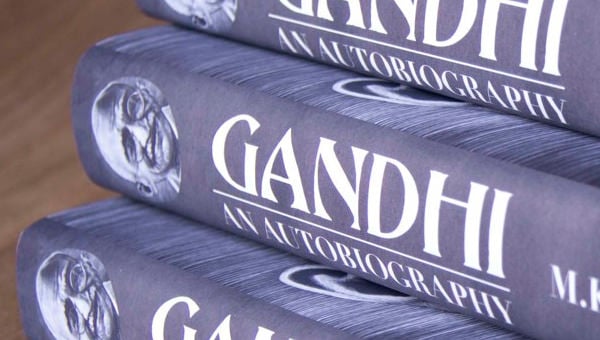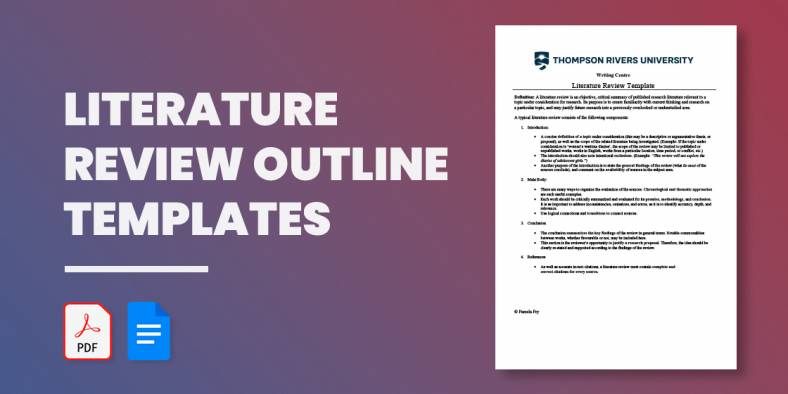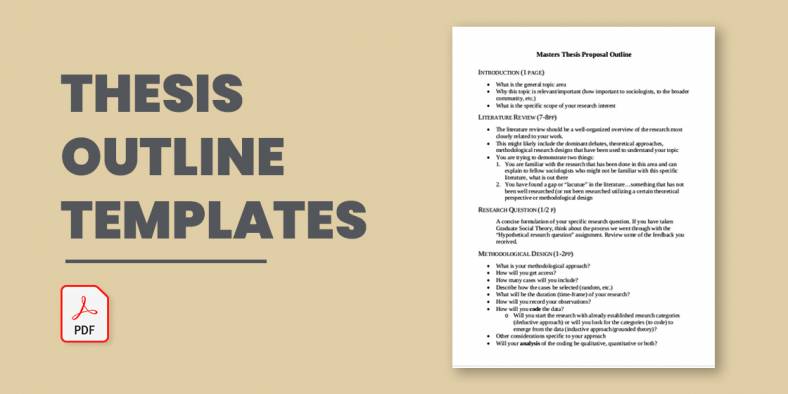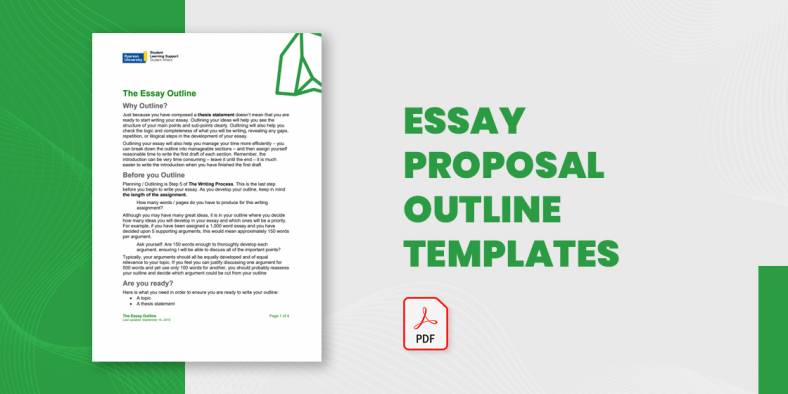Jul 22, 2022
If you are a student or a writer, chances are writing about different topics would be your daily grind. It would be nice if the presented topics are of those things you already know, but the world just isn’t that nice. Topics we don’t know about always outnumber those we know. This is why outlining is a thing.
Sample Outlines are a general idea or definition of a topic that we would want to know about. Before we begin writing, we can outline our approach towards the topic by either writing the steps to this approach or listing the things we would want to discuss in a given topic. Most of the time, this would alleviate the blinking cursor that writers often fear and put one step to the door of finishing that paper.
There are times, however, that you will be put in a situation where you will be put on the spot. You might find yourself in an essay writing contest, a writing exam, or maybe just trying to analyze a movie where a pause button doesn’t exist. There just isn’t enough time to make detailed and formal outlines. Informal or scratch outlines that use bullet points, words or phrases to refresh your memory are indispensable tools during these times.
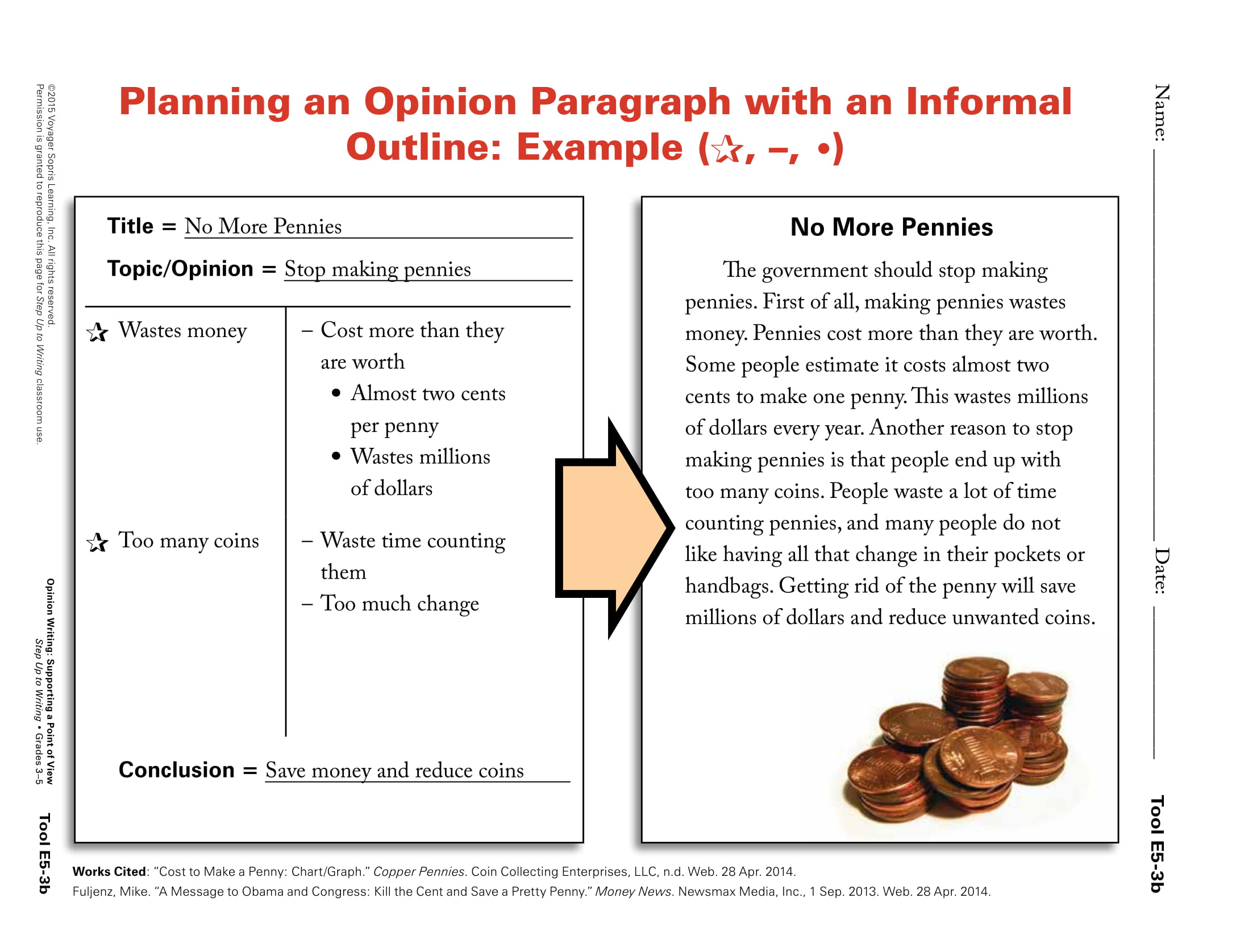 kgbsd.org
kgbsd.org memelyceum.com
memelyceum.comWhy Outline?
- To ease planning – When just starting out on your work you know nothing about, you might want to list the things that you would like to know about. Outlines are great tools for keeping up with the things you want to know about the topic. This could help avoid wasting time and effort for the non-essential parts of the topic.
- To track structure – Structuring your paper might be what makes or breaks its readability. You might find out that you want to rearrange your how your ideas are presented. In this case, you can consider your topics as blocks that build to a cohesive unit. You might want to put the “why” of a topic before its “what” but decide that putting the former after the latter would read better. With an outline, you can reorganize these blocks for a better structure that is easier to consume and digest. You can just simply bring the first topic and move it along with its subtopics, to follow where you want it to go. You can even follow a topics evolution from beginning to end.
- To maintain consistency – You might approach your paper from top to bottom, or from a wider view to a narrower one. With an outline, it is easier to keep track of the development on your topic. It easier to pinpoint which parts jump out and remedy them as soon as possible. It also helps keep the tone uniform and not meander off to tangents. A good paper is a wonderful tour guide that keeps its reader. As much as possible, it must keep the reader engaged and it should also be easy to understand.
- To avoid redundancy – Without an outline, you might find yourself repeating ideas that you have written. You might find out that you have been talking about the same topic for multiple pages already, halting your progress. In an outlined paper, you can easily detect which parts are talking about basically the same thing and remove them for a leaner work.
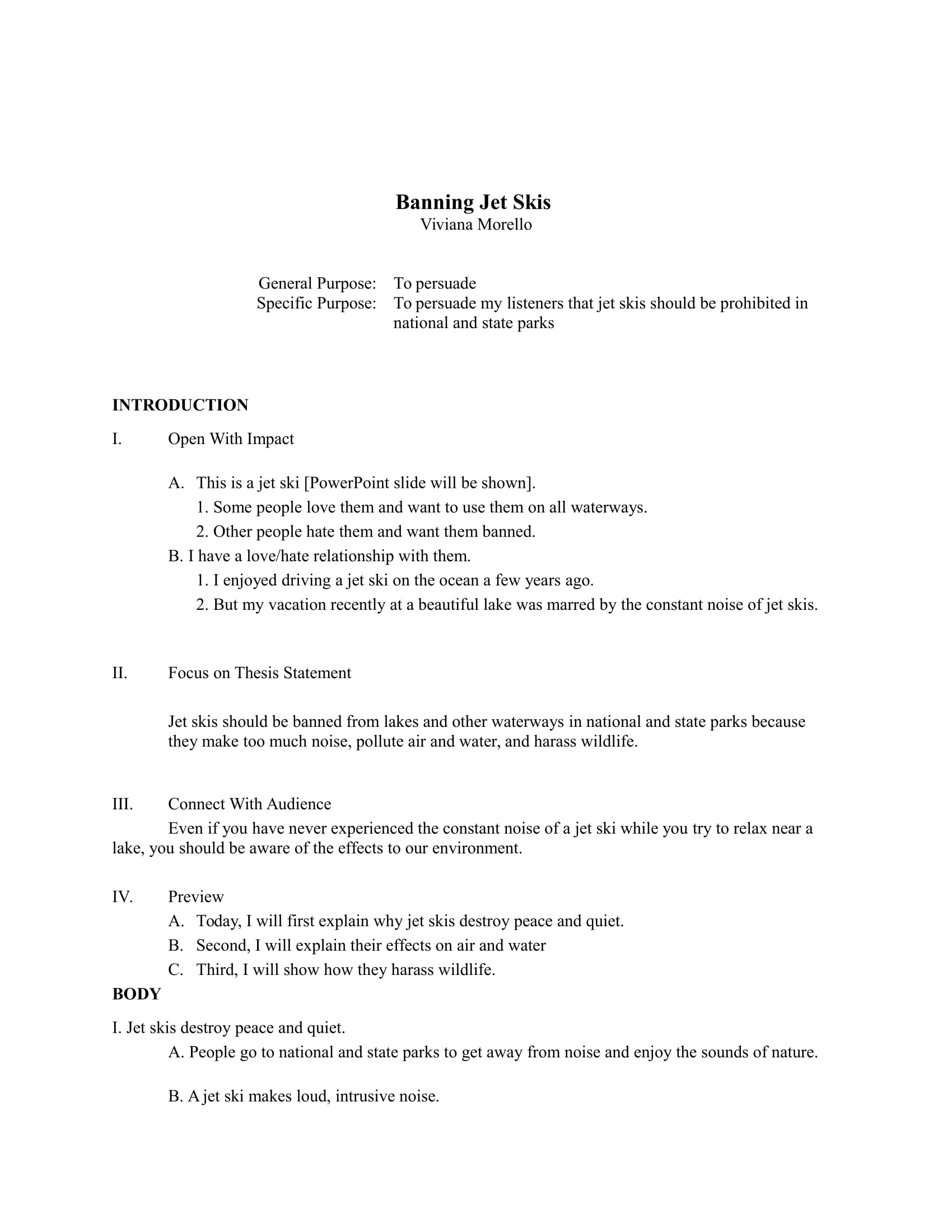 highered.mheducation.com
highered.mheducation.com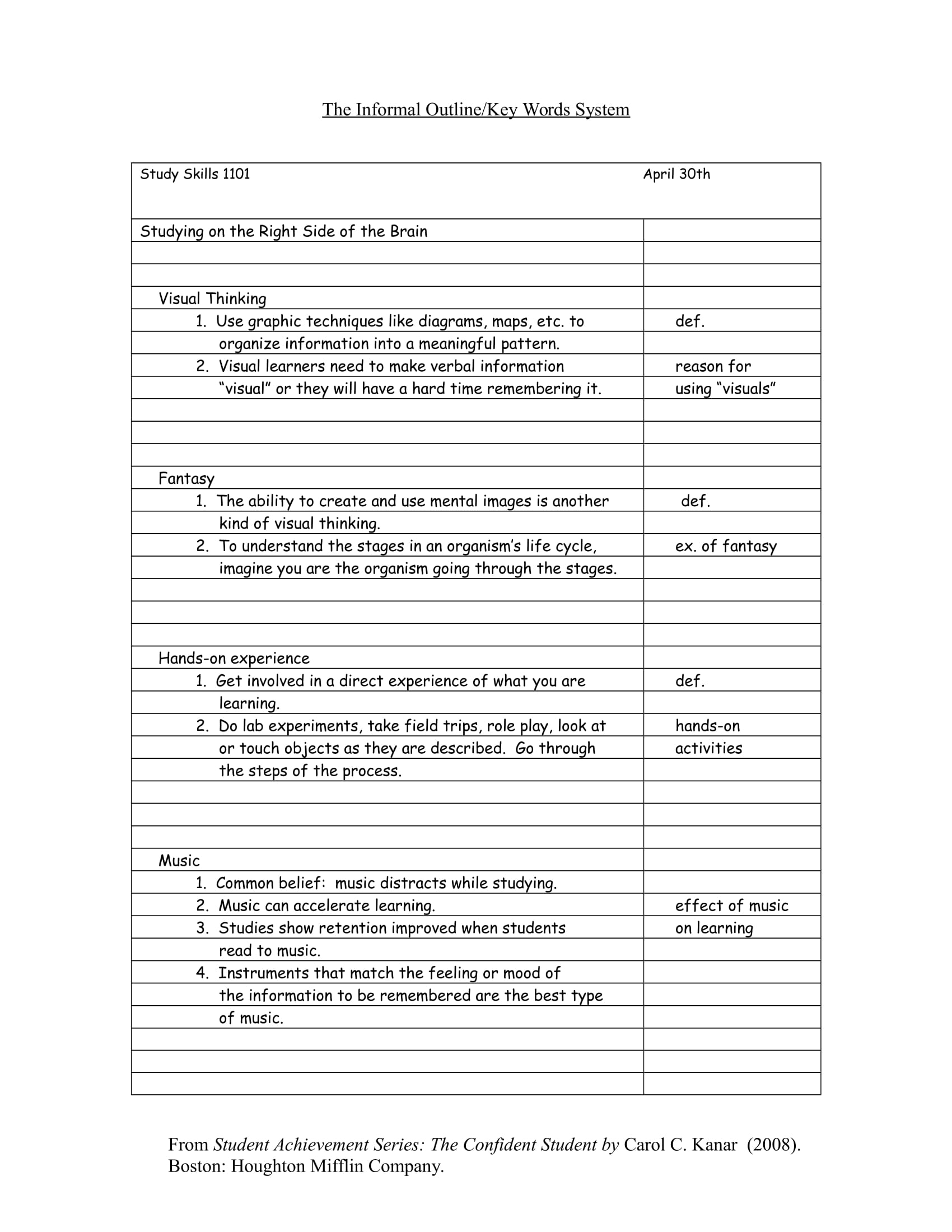 mansfield.edu
mansfield.eduHow to Outline
- Identify the topic – As old G.I. Joe cartoons would end, “Knowing is half the battle.” You can’t go anywhere without a topic so go get it. It is preferable that you select a topic you are interested in or have a smidgen of idea you know about.
- Gather information – After locking on a topic, decide what you want to talk about in it. You can elaborate on ideas you already know about if you already know what the topic is all about. Otherwise, if you utterly know nothing about the given topic, you can list questions about the topic that you would want answers to and proceed to research about them. Anyhow, you already have a starting point for your topic the main thing now is to present them.
- Decide on a goal – There usually is a purpose when you are writing papers. If the topic is about the Second World War, you might decide if you want to talk about the countries involved in the said war or its long-lasting effects. The thing is, there are many questions and ideas pertaining to your topic. These are what we consider the main idea or main question. The is the goal of your topic. This will serve as the anchor point of your work to help maintain its consistency. Furthermore, this will set the tone of your approach.
- Support your goal – The main idea could not stand on its own as it is also a topic on itself. This means that the support can be more questions that can lead you to answer the question decided on your goal. This could also be a way for you to expand on the main topic. Figure out the nooks and crannies or the in-and-out of your topic. If the main idea sets the tone of the approach, the supports should build towards it.
- Decide on a format – Outlines have different forms and format. You may use bulleted outlines or numbered outlines. For numbered outlines make sure you separate subtopics with the use of different number systems. You can use a capitalized Roman numeral on the main topics on your outline then move to uncapitalized one or to Hindu-Arabic numerals. Take note though that for informal outlines, the format may not matter much as the goal is to quickly create an outline in a limited time.
- Decide on the structure- You should decide on how you tell your topic here. As your outline is the plan for writing your topic, you should structure it so to maximize your impact. You can write it from a general view towards a more specific one or vice versa. No matter how you write, always remember that your structure should be consistent. It would be very confusing if you see a character die in one scene of a film and then come back to another scene interacting with other characters without any explanation. It is the same in writing. Mentioning a concept before explaining it could lead to a very jarring read and a very lost reader. So structure your outline in a manner that is logical, consistent and easy to follow so that when writing time comes, you would not get lost on your topic. Other ways to structure an outline would be chronological, sequential, to compare and contrast, to highlight the pros and cons, or to emphasize cause and effect.
- Write your outline – The places have been set for you to finish your outline. Do just that but keep in mind that an outline is just a guide for the final product. You may change it from time to time if you need or want to. Some outlines may seem perfect at first but could shine brighter with a little adjustment. , You may remove parts of your outline if you think that some ideas just don’t work.
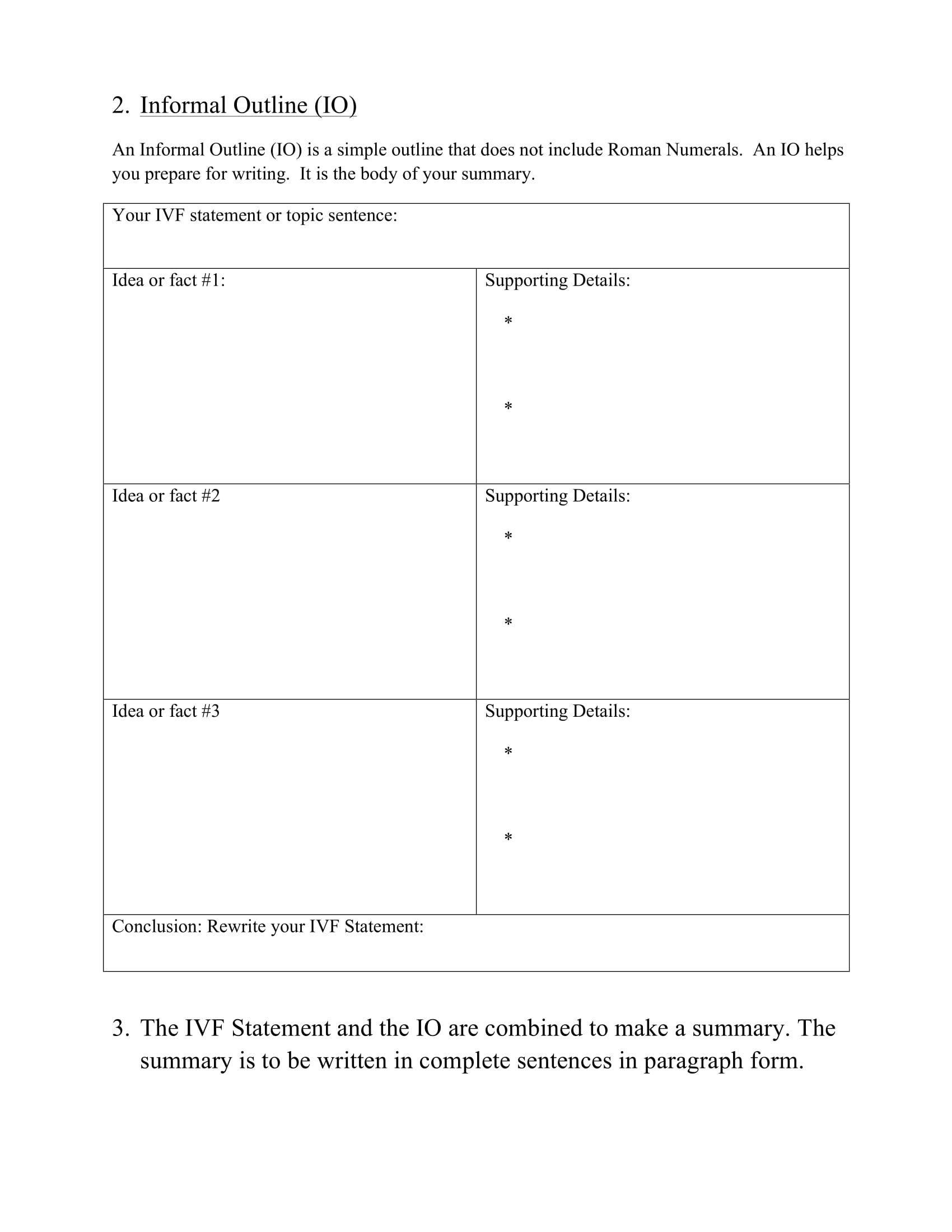 /beehively-websites.s3.amazonaws.com
/beehively-websites.s3.amazonaws.com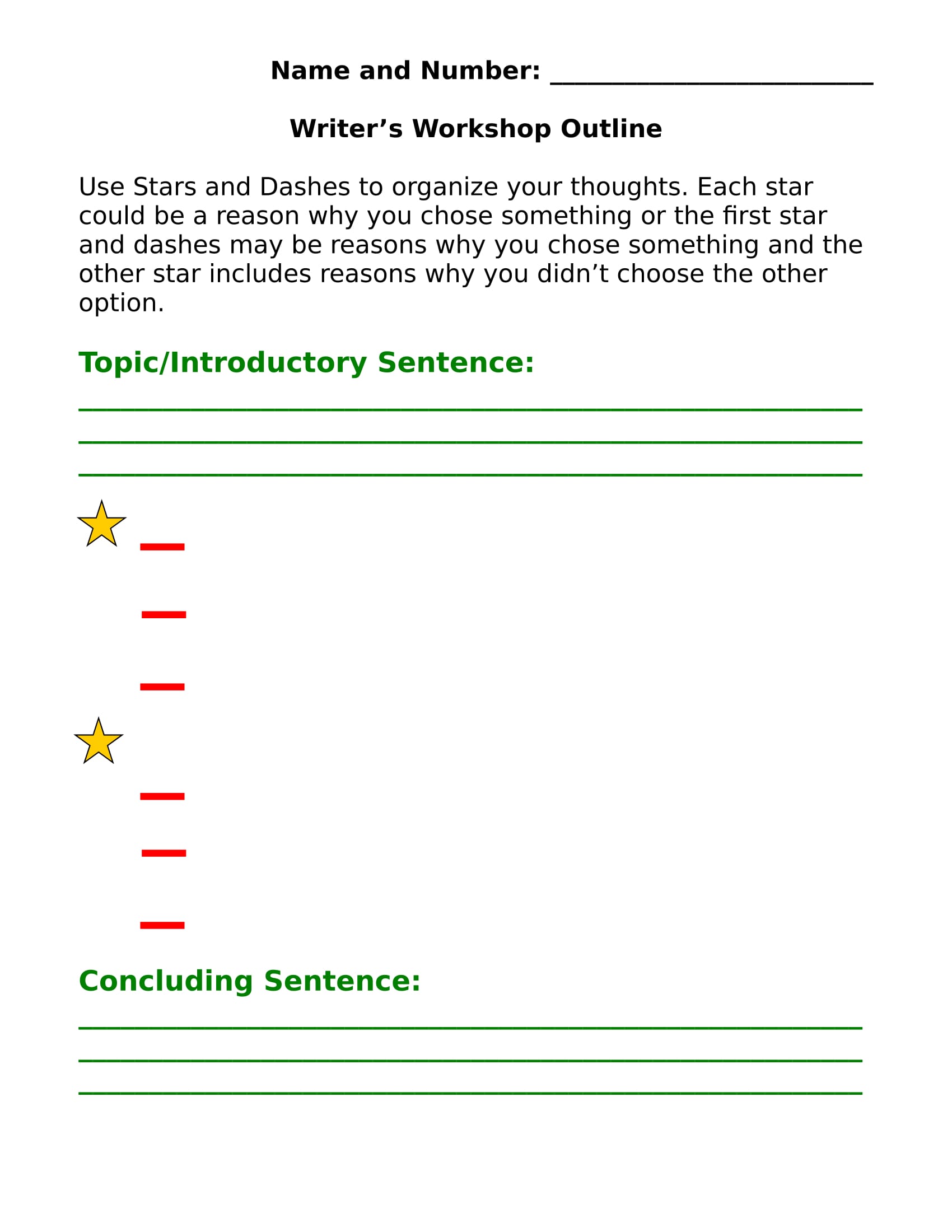 district31.net
district31.net
- Informal outlines are perfect for when you need to make a quick outline.
- Informal outlines are a good tool for brainstorming early drafts of your thesis and research papers.
- Informal outlines can organize the writer’s jumbled thoughts to quickly give them coherence.
- The informal or scratch outline is just that, a scratch. There is no need to be overkeen on the format of your outline.
- The informal outline does not need to be consistent with its type. You can mix and match sentence subtopics and word subtopics when making the outline. Do remember to be consistent when it is time to formalize it though.
- Do not limit your self to text when doing informal outlines. Use graphs and diagrams if you have to. What matters is that you are able to jot down the important stuff and understand them for a quick recall
- Though the formatting can be inconsistent, you should still maintain a good structure and one that is logical. Chances are you might forget to restructure your sentence and end up with a jumbled mess.
- Remember that an informal outline is a rougher draft of the rough draft and it needs so you can still sharpen it.
There you have it. When you are faced with a writing assignment don’t forget that an easy way to handle this quick is to make an outline, whether formal or informal. Furthermore, using outlines are not limited to writing. Filmmakers often outline their films to get a better grip on the events of the story and adjust them t tell a better story. These people refer to them as storyboards. Another use of outlines in day to day life would be your resumes which is basically just an outline of your self, your education and your brief history. Consistent use of outlines can help you identify these other uses.
The templates found on this page are informal outlines. It necessary to tweak and change these outlines to suit your needs.


 kgbsd.org
kgbsd.org memelyceum.com
memelyceum.com highered.mheducation.com
highered.mheducation.com mansfield.edu
mansfield.edu /beehively-websites.s3.amazonaws.com
/beehively-websites.s3.amazonaws.com district31.net
district31.net
